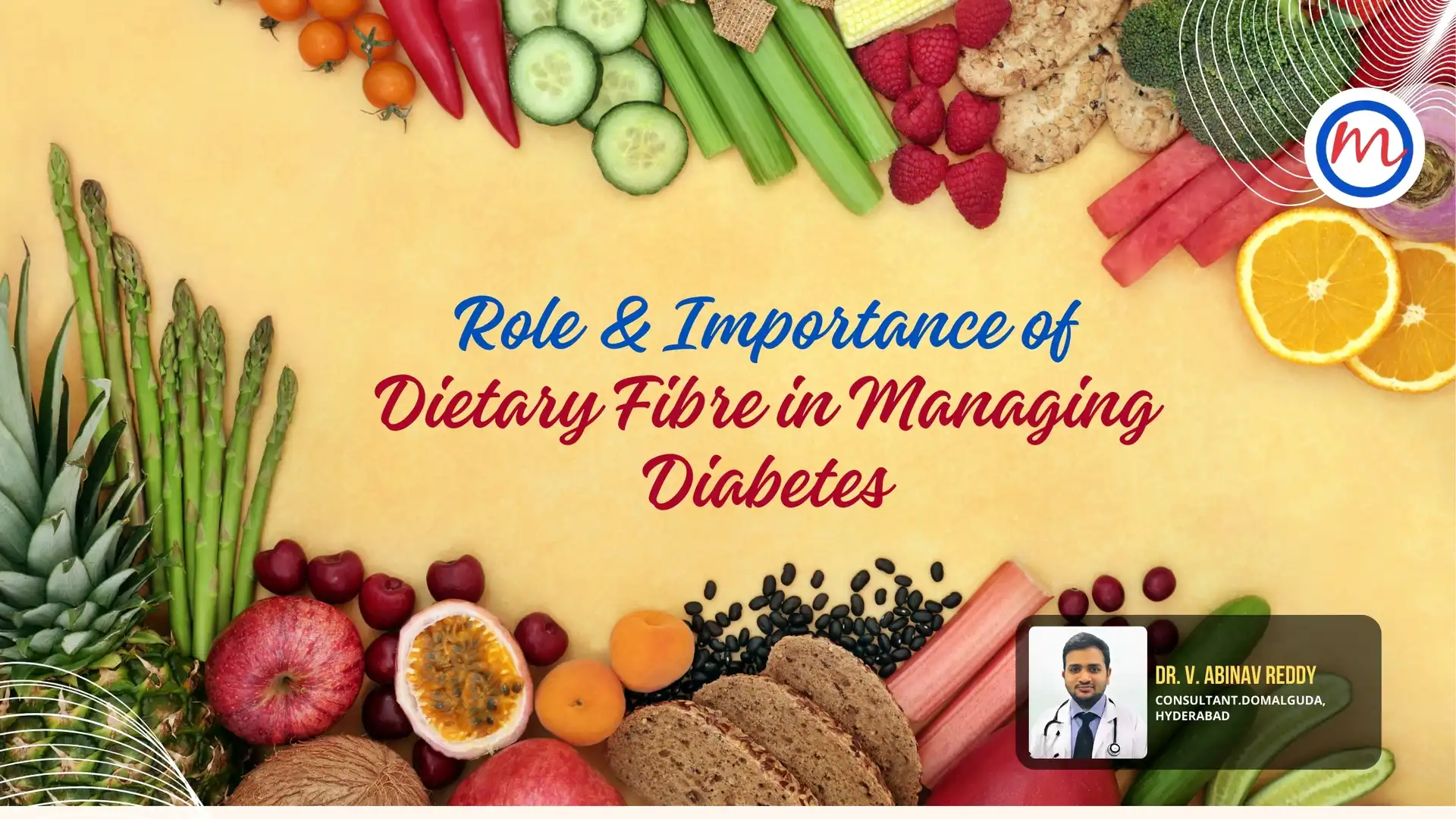At the age of 11, I was diagnosed with Type 1 Diabetes in September 1992. I was put on Mix-Insulin therapy, which meant injecting myself twice a day, meals and meal timings were fixed and deviating from them meant either my Sugars to go high or low. The only way to ascertain the Sugar levels at that time was through Urine Strips. With the support of my parents, I adapted to my new life and moved ahead with things. Access to a glucometer was a luxury at that time.
Fast forward to a few years and at the age of 26, I got married and had 2 kids. Our life totally took a turn and my younger son Aarush got diagnosed with Type 1 Diabetes in December 2016 ( he was 4 at that time), I was shattered, shattered beyond words. I decided that no matter what, we need to give the best to our kids and for that, proper diabetes management was essential. Let me be honest, till that time I used to check my sugars at my own will and I was still on Mix Insulin Therapy.
Aarush was put on Basal and Bolus therapy, we sat down with our son’s Paediatric Endocrinologist and learned the basics from the start, like a total newbie. Both of us started monitoring our levels at least 5 times a day, we started maintaining a Logbook which had details of Food Intake, Insulin intake, Sugar levels, etc. This was a complete game changer and I could actually take control of my Diabetes ( my Hba1c at that time was between 7.5& 8).
I would like to highlight one very important aspect here, all this while, I had never met any other person with Type 1 Diabetes. I was fortunate enough to meet People living with Type 1 Diabetes after Aarush got diagnosed. I learned from the community that we can do anything and everything under the sun. Things I had never heard of before became common, and a t1d doctor taught me Carbohydrate Counting, shifted me to Basal and Bolus Therapy and that is when my journey, our journey to good control began.
I will be highlighting the important aspects of what all I did and followed:
1. How often and how are you checking your sugars?
Most people don’t check their sugars very often( despite doctor’s advice), I educate them to check their Blood Glucose Levels at least 4-5 times a day &chart it, in a tabular form. All these aids your doctor to see what could be wrong with your management.
With regular charting, one gains an understanding that some particular food could be the cause of Blood Sugar Spikes. Also, one needs to change the Lancets regularly.
In case, one has access to a Continuous Glucose Monitoring system, it can be a game-changer as well. I used one and it helped me immensely
2. Choosing the right insulin therapy
Its the doctor who has the right and the authority to prescribe the insulin, still in India we very often see that people living with Type 1 Diabetes are given Mixtard Insulin ( having both short and long-acting components) which the world over are not being advised to PwD.
Basal and Bolus therapy is being followed across the world when it comes to Type 1 Diabetes
Major advantages of Basal and Bolus therapy is that it gives one the freedom to inject as per what one is eating whereas if one is on a Mix Insulin, one needs to take fixed meals at fixed times else one can land in Hypoglycaemia if food intake is less or Hyperglycaemia if one consumes more.
I highly recommend the book “ Think Like a Pancreas “, by reading it one understands what Diabetes actually is and is empowered to have a constructive dialogue with the endocrinologist leading to an overall improvement in Blood Sugars
3. Injection Technique
Very often, this is the place where many people go wrong or are ill-advised
Before injecting, one has to ensure that the insulin is at room temperature, injecting with cold insulin can cause black spots at the injection site.
Next, one needs to prime the insulin pen which means removing air bubbles from the pen in the following manner: Point the pen upwards in such a way that the needle is pointing vertically upwards, then gently tap the outer body and take out 2 units from the pen, this has to be done every time one injects because this lead to the removal of air bubbles thus minimizing the possibility of any dosage errors,
Changing the needle: People don’t change needles too often which can cause irreversible tissue damage, ideally they should be changed after every single use.
Rotating the injection sites :
It is of utmost importance to keep on rotating the injection sites, not doing so will lead to “ lipohypertrophy” which in simple terms means that the underlying tissue has been damaged
The normal injection sites are: Abdomen, Thighs, Buttocks, Upper Arms
Site rotation charts are easily available and one must follow site rotation because not doing so will lead to the formation of Lumps and Bumps also known as Lipos, which don’t allow insulin to be properly absorbed into the body.
If we inject one finger away from the previous injection site, all these can be taken care of.
4. Carbohydrate Counting
This is one tool that can change the way one sees his or her diabetes, in simpler terms it means being in the driver’s seat when it comes to managing Diabetes
It is a tool that aids in proper meal planning which emphasis knowing the total amount of carbohydrates that one is consuming because primarily the carbohydrates which are the primary source of Glucose, by carefully monitoring blood sugars and food intake it’s not difficult to learn carb counting
One needs to understand two things
Insulin: Carbohydrate Ratio: This helps us determine that for every unit of Insulin taken, how many grams of Carbohydrates are required
Insulin Correction Factor or Sensitivity Factor: 1 unit of insulin reduces the blood sugar levels by how many points
How to take out the Carb Ratio: 500/ Total Daily Dose gives us the carb ratio
Correction Factor: 1800/ Total Daily Dose gives us the Correction Factor
Eg: X takes 50 units of insulin in a day ( Basal and Bolus included )
Carb Ratio of X is 500/50= 10
This means that for every 10grams of Carbohydrates consumed X has to take 1 unit of insulin
Correction Factor of X is 1800/50 = 36
This means that for every unit of insulin injected, it drops X’s blood sugars by 36mg/dl
5. Treating Lows and Highs
Hypoglycaemia
When our blood sugar levels go low, it’s our bodies natural tendency to consume more and more food, which leads to a spike in blood sugar levels, hence it is advisable to consume only 15grams of fast-acting carbohydrates which means 3 Tablespoons of Glucose or Jam or Honey
Glucose/honey can also be applied to the Buccal mucosa ( the space between lips and teeth) in case the person is unconscious
One must have with him all the time Glucagon Kit which is to be administered in case the person is unresponsive
Hyperglycaemia
Once one is aware of the Correction factor, treating a high becomes easier,
Let’s learn this with the help of an example
Going back to X who’s correction factor is 36 mg/dl
Pre-dinner BG = 280 mg/dl
Carbs consumed =50 grams
X needs a correction dose along with the Bolus to get the sugars in the target range
Correction Dose = (Current Levels- Target levels)/ Insulin Sensitivity Factor
(280-120)/36 = 160/36 =4.4 units
Bolus = 50/10 = 5 units
Total Insulin to be taken = 9.5 units
One must wait for at least 15 minutes after taking the Bolus in case one is using an Analog Insulin and 30 minutes in case the person is taking Actrapid etc
Water intake must be increased if levels are high
Also persistently high glucose levels need a medical intervention on priority else there is a risk of Diabetes Keto Acidosis or DKA
While all the above-mentioned points are facts only but they should be in no way being taken as a replacement to a doctors advice
A doctors advice is of paramount importance when it comes to Diabetes Management
The calculations above should be useful to know where to begin with, they are rough estimates. The correct values for each individual can be figured out with close observation.
Lastly, I would like to conclude by saying that when it comes to Type 1 Diabetes, no person is the same, what works for someone might not work with someone else.
I followed the basics and coupled with our Doctor’s guidance today we both father and son are well controlled. We understand that we cannot be in the range all of the time, but we can be in the range most of the time.

*Mr. HarshKohli is a person with type 1 diabetes. Mr.Kohli is very passionate about educating children with type 1 diabetes. He is the Co-founder and President of Diabetes India Youth in Action (DIYA).



